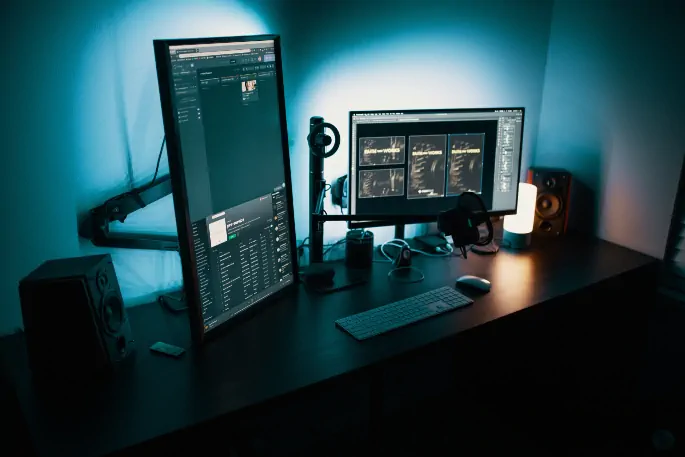Each operating system has its own set of drivers and its own dedicated kernel. This system allows your device to operate without flaw or error, and to provide you with a seamless experience. But what about when you're attempting to integrate one device onto another one’s system? Finding a dedicated developer who can help create quality device drivers to allow this migration of devices is more and more necessary as we continue to develop new techs.
In order to find this seamless transition, you need a bridge that can connect the game - this is where your device driver comes into play.
What are device drivers?
This is a small bit of software that works with the operating system of the device to tell other parts of the device what to do. For computers, a great example of a device driver would be the disk drive. You tell your computer to open the disk drive, then the device driver that controls the disk drive works with the operating system and tells the hardware to open.
They're essentially a translator between languages - the hardware and the software. With the way they were designed, it can be difficult for the hardware and software to communicate, so they need that bridge between them to get the message across the system. Some companies offer custom device drivers that allow users to migrate between operating systems.
Each operating system functions on a different kernel - the kernel is the second tier of the computer and tells the hardware how to respond when user interaction occurs. These are the interface for drivers and manage them in the system. If you're trying to use a Windows product on an Android Linux kernel, you're going to need someone with a Windows driver development background.
Features of a good driver service
Transitioning between systems is reliant on a dedicated driver that will help the communication process. Finding a good developer who is knowledgeable of the operating systems you're attempting to link and able to build the perfect external driver is pivotal. There are many features you'll want to consider before choosing your developer.
- Windows service development - The transition between systems can be easily achieved with a Windows service feature. Often times, when Windows boots up, there are background features that are necessary for the device to operate. The developer must have a thorough knowledge of how these work as well as how to develop them.
- Peripheral drivers - In order for a peripheral device to be incorporated on a Windows network, it will need an external driver to help connect everything. Typically, this will be coded in the C++ language and will assist in complying with the operating system's kernel.
- Emulating hardware - Many systems need a hardware aspect in order for their functions to be achieved. This is where digital hardware comes into play - digital disc drives, virtual network adaptors, DVD or CD drives. This emulation is achieved through the development of a virtual device driver.








